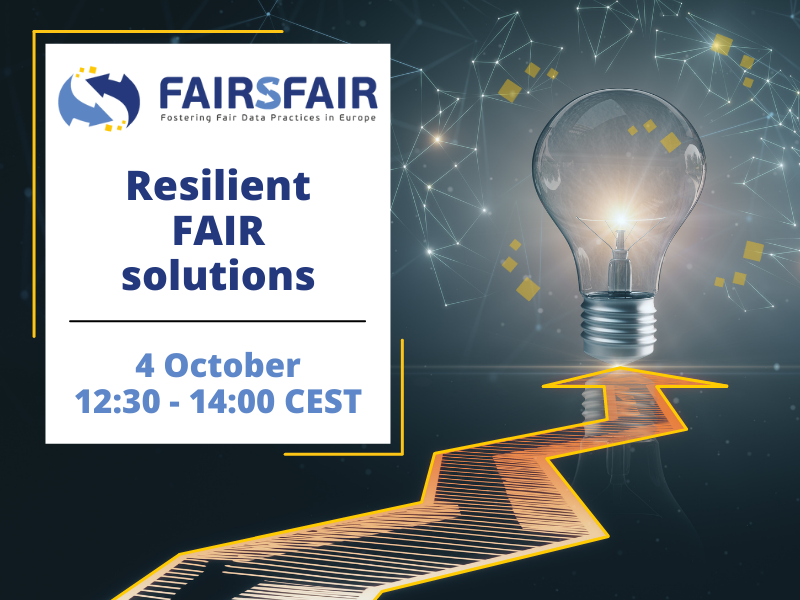Resilient FAIR solutions

Reliable FAIR data infrastructure relies on a stack of infrastructure components. This is very comparable with transport infrastructure: if I buy a car, I rely on the road. And in turn, the road construction companies rely on the availability of asphalt, as well as on machine manufacturers for their equipment. Which in turn rely on mining infrastructure.
Each layer of infrastructure must either assume the lower layer stays, or build resilience/contingency. However, in research data infrastructure, many lower layers are poorly funded.
Nobody wants to pay for lower layers (fees for users, long term commitment from funders). These layers can often require the biggest investment. A non-robust infrastructure stack will “force” researchers to do it themselves, but they underestimate the cost; they also underestimate the value of infrastructure services as provided. Rebuilding infrastructure because it does not have sufficient lifetime also will stand in the way of service interoperability.
Example components of the infrastructure are repositories (for which there are now good rules), but these rely on other services in turn, like Single Sign On to identify their users, and services to make available and preserve semantic artefacts. Each of these needs to be available for the entire planned lifetime of anything built on top.
Our steps towards a solution
One of the goals for the FAIRsFAIR project is to create the basis for continued work on sustainable technical implementation of the FAIR principles on a broad level and improve understanding of the current variety in FAIR data standards. In previous deliverables, we looked into different implementations of the FAIR data principles and the hurdles for creating sustainable interoperability.
In this workshop we will discuss some key questions that have come up, with the aim to produce the third and final Review of the technical implementation of FAIR principles by WP2 (FAIR Practices: Semantics, Interoperability, and Services). The themes will be approached from the perspective of technical sustainability and resilience. A basic prerequisite for a functioning research infrastructure landscape and its machine actionability and robustness in interoperability is trustworthiness. A persistent identifier as well as a semantic artefact need to be sustainable and transparent, the ultimate test being its preservability.
We have invited four panelists to present their view on these challenges and will then discuss possible recommendations for EOSC to consider while addressing identified gaps.
Workshop Video
Programme |
|
| 12:30 - 12:35 CEST | Leah Riungu-Kalliosaari: Welcome |
| 12:35 - 12:40 CEST | Sarah Jones: FAIR in EOSC Association |
| 12:40 - 12:50 CEST | Helena Cousijn: PIDS |
| 12:50 - 13:00 CEST | Katja Mankinen: A data scientist’s perspective on data and reproducible research |
| 13:00 - 13:10 CEST | Heidi Seibold: Reproducibility, research compendia and the importance of open source & open formats |
| 13:10 - 13:20 CEST | Daniel Garijo: Semantic artefacts and preservation |
| 13:20 - 13:55 CEST | Q&A |
| 13:55 - 14:00 CEST | Closing |
